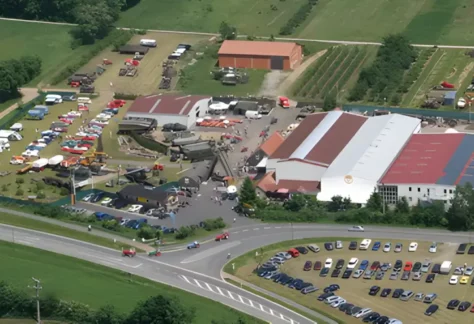
Museum Militär- und Zeitgeschichte
Maintalstraße 60
97509 Stammheim/Gde. Kolitzheim
Tel.: 0 9381 – 84 69 00 3
Email: info@museum-stammheim.de
Öffnungszeiten:
Das Museum ist vom 01. März bis 31. Oktober geöffnet. Gruppenführung nach Vereinbarung.
Dienstag bis Sonntag
10.00 bis 18.00 Uhr
Letzter Einlass 16:00 Uhr
Montag Ruhetag, außer an Feiertagen
Hunde sind im Museum nicht gestattet!
Eintrittspreise:
Kinder bis 6 Jahre Eintritt frei
Jugendliche 6 bis 14 Jahre 6,00 €
Erwachsene 10,00 €
Gruppen ab 20 Personen (p.P.) 9,00 €
Familienkarte 28,00 €
